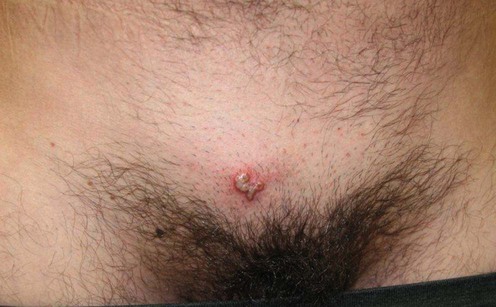Tyring S, Berger T, Yen-Moore A, Tharp M, Hamed K. Am J Clin Dermatol 2006; 7: 209–11.
Herpes genitalis

First-line therapies
Acute reactivation episodes
Single-day therapy for recurrent genital herpes.
![]()
Stay updated, free articles. Join our Telegram channel

Full access? Get Clinical Tree







 Valacyclovir (Valtrex)
Valacyclovir (Valtrex) Acyclovir (Zovirax)
Acyclovir (Zovirax) Famciclovir (Famvir)
Famciclovir (Famvir)